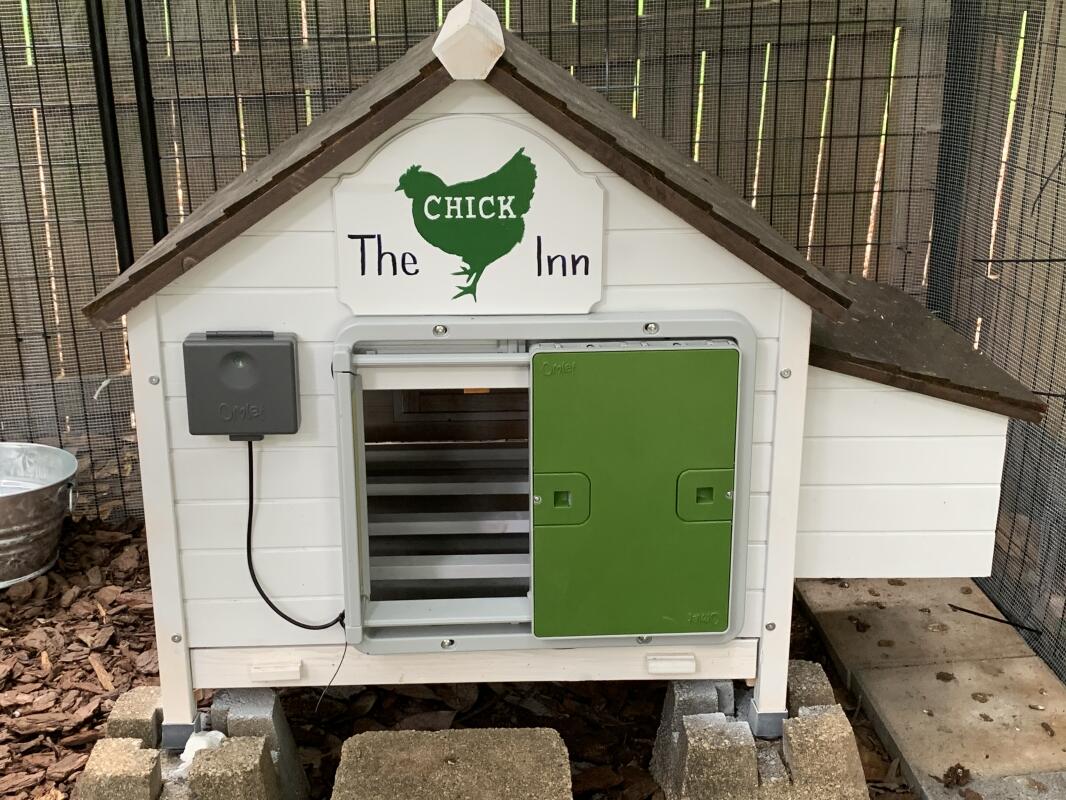

Once I had all the parts ordered, it was just a matter of putting everything together. Small salad container from the local grocery store (free).Plug & play, as far as motors go, these work with the Arduino stepper motor libraries.For a voltage divider circuit to serve as a daytime/night-time sensor.Low-cost programmable microcontroller with barrel-jack access for power.I ended up with a pretty simple parts list: I decided to use a sensor-based approach to opening and closing the coop door. However, I also needed a motor to move the door up and down. Gives some transparency to the tech, which would otherwise be a black box to my parents.Ability to create a user interface on web/mobile.RTC modules can accomplish this but require an external coin cell battery and cost $15 (a significant chunk of my budget).Clock crystals in microcontrollers tend to be inaccurate for long-term Applications.Internet connectivity provides clock times that are always in sync.Remote/manual control of the door via the cloud Automatic aluminum door opening ECO kit with controller with 4 operating modes to open and close the chicken coop door.

Connectivity to the cloud provides several advantages: If price weren’t a constraint, I immediately would have chosen a cellular IoT board like the Particle Electron or Boron ($50). Needs to open in the morning and close in the evening, after all birds have entered the coop.Needs to be battery operated and last for at least two weeks (14 days).Since our budget was $100 and the door we planned on buying was $50 online, I only had $50 for the automation/door controller for this build. This project had several requirements and design constraints that made things tricky. All of the products I found on Amazon Prime (door + controller) were quite expensive-and overpriced in my opinion-so I decided to see whether I could reverse engineer the functionality at a cheaper price point. My parents raise chickens in their backyard and wanted a way to automate opening and closing the door to their chicken coop.


 0 kommentar(er)
0 kommentar(er)
